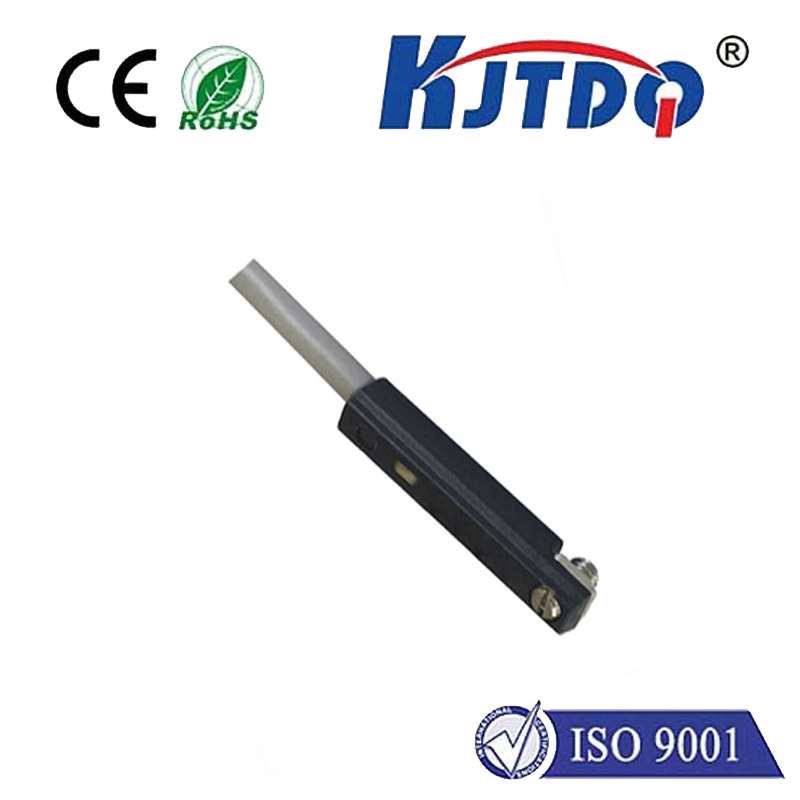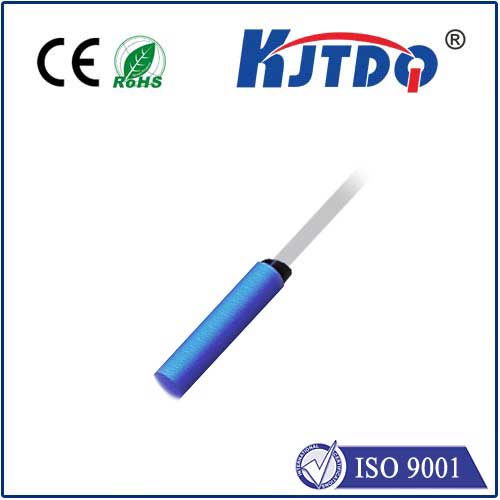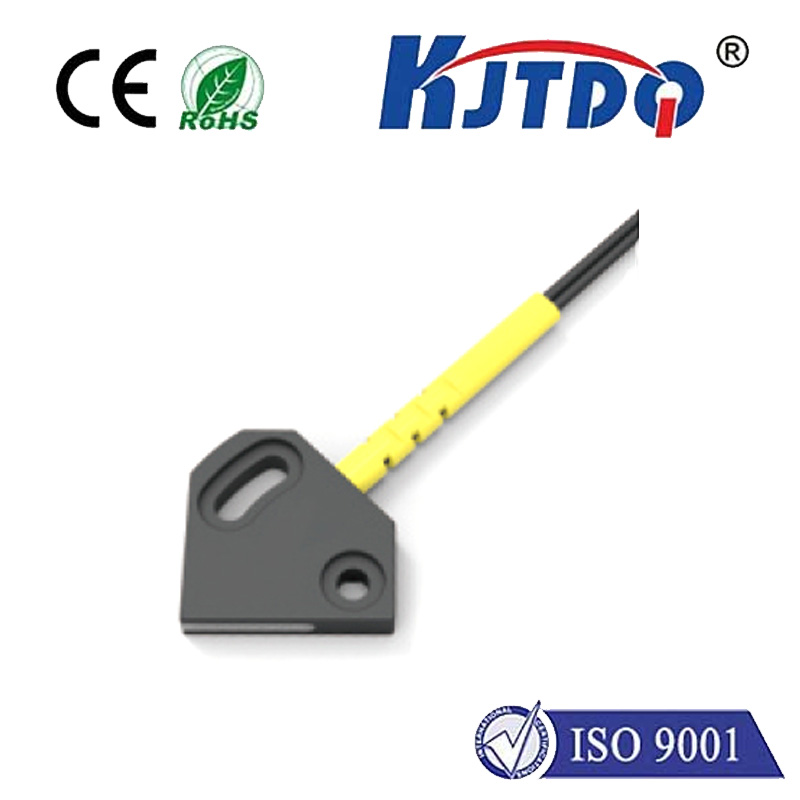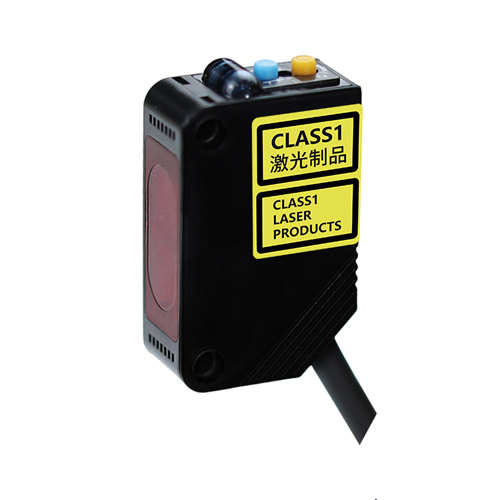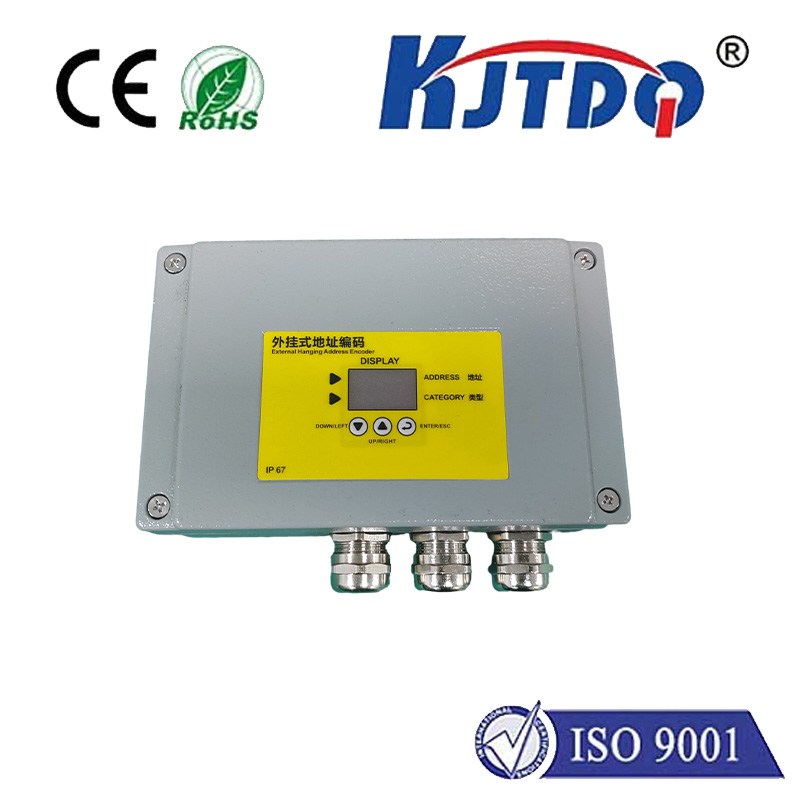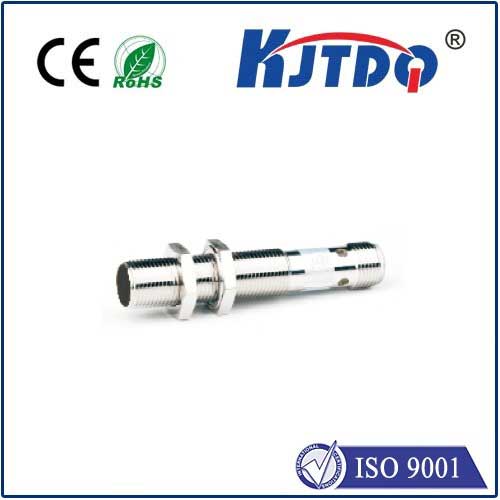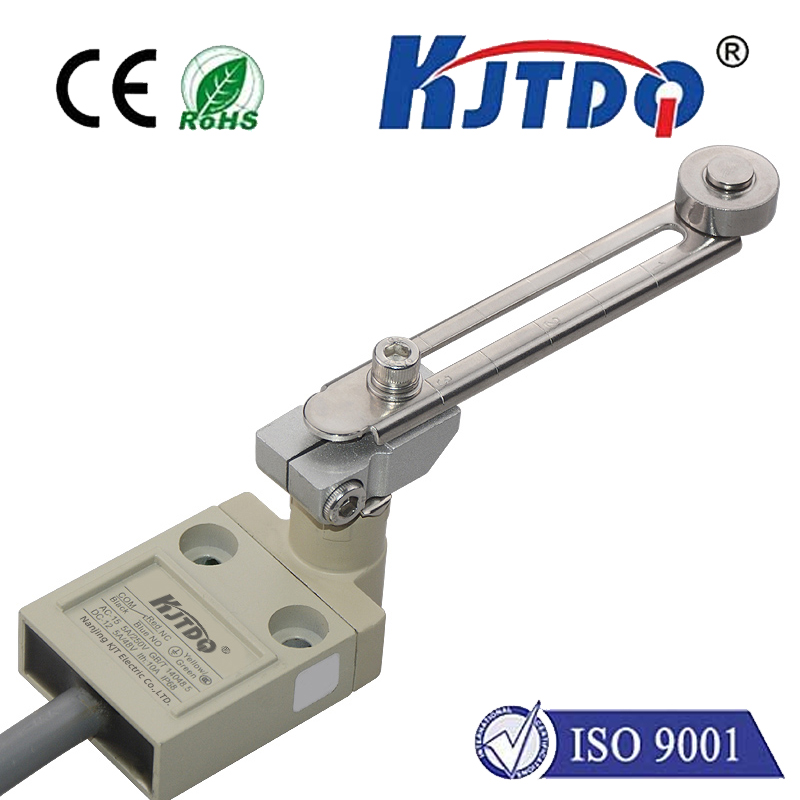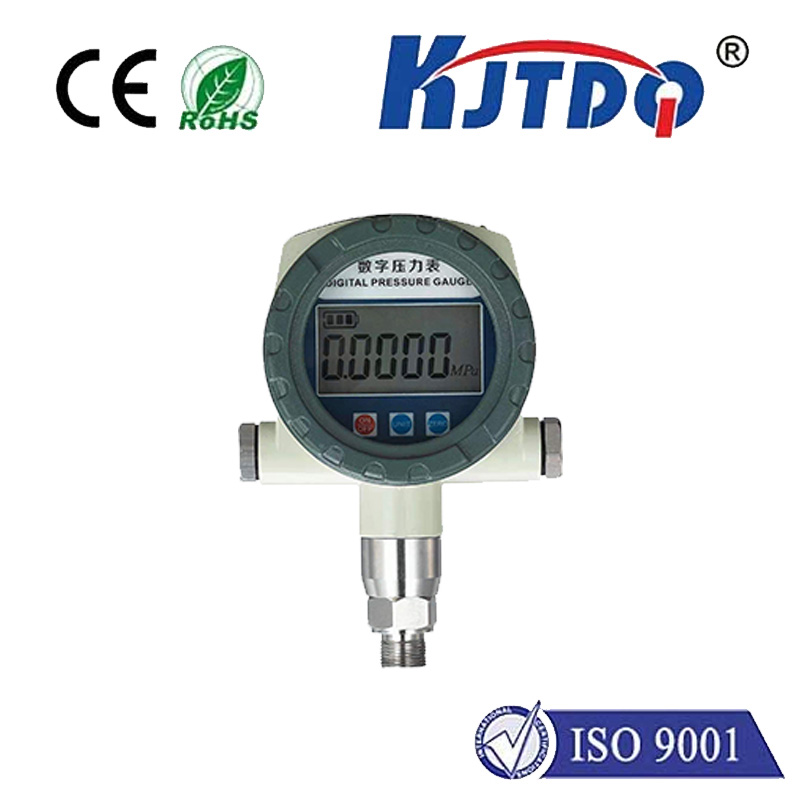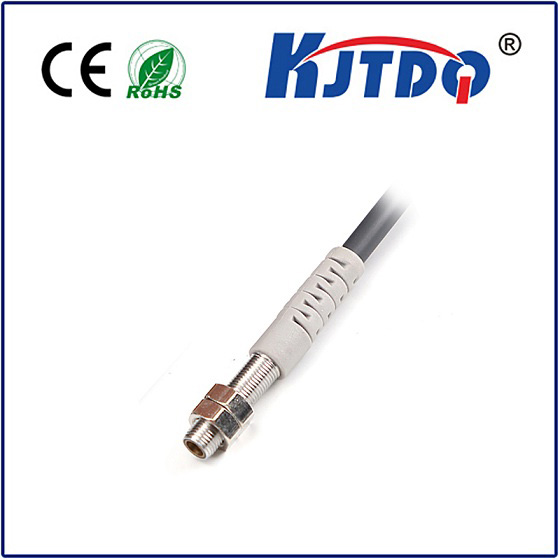
Проверка

Проверка

Проверка

Проверка

Проверка

Проверка
Imagine a slender thread of glass or plastic thinner than a human hair, capable of measuring the invisible. This is the power of fiber optic sensing. Light pulses racing down optical fibers don’t just carry data; they can act as incredibly sensitive probes for temperature, pressure, strain, vibration, and countless other parameters. But not all fiber optic sensors work the same way. The fundamental distinction lies between intrinsic and extrinsic types, defining how the fiber interacts with the environment to make the measurement. Choosing the right type hinges on understanding this critical difference.
The Light Path Defines the Sensor
The core principle differentiating these sensor families is where the physical interaction occurs that alters the light signal carrying the measurement information.

Key Differences Summarized
| Особенности | Intrinsic Sensor | Extrinsic Sensor |
|---|---|---|
| Sensing Element | The optical fiber core itself | Separate transducer/modulator external to the fiber |
| Interaction Location | Within the fiber core/cladding | Outside the fiber, at the transducer |
| Fiber Role | Active sensing medium + signal path | Primarily passive light guide (to and from sensor) |
| Typical Sensing Mode | Distributed sensing possible (esp. scattering) | Primarily point sensing |
| Multiplexing Density | Very High (e.g., hundreds of FBGs per fiber) | Lower (limited by transducer coupling/space) |
| EMI/RFI Immunity | Excellent | Excellent (but transducer might need protection) |
| Complexity | Higher (requires specialized fiber, sensitive processing) | Lower (transducer design can be modular) |
| Common Examples | FBGs, LPGs, Distributed Acoustic Sensing (DAS) | Diaphragm pressure sensors, Fabry-Perot cavity sensors |
Overcoming Challenges and Embracing Future Trends
While offering immense advantages, both intrinsic and extrinsic fiber optic sensors face hurdles. Intrinsic sensors can require sophisticated and potentially costly interrogators to detect subtle phase or spectral shifts, particularly for distributed sensing. Their sensitivity can also increase vulnerability to unwanted environmental effects if not properly compensated. Extrinsic sensors can face challenges with light coupling efficiency at the fiber-transducer interface, potentially leading to signal loss, and the transducer design can add complexity and points of potential failure.
Despite these challenges, rapid advancements are driving adoption. Miniaturization continues for extrinsic transducers. Advanced signal processing techniques, including AI and machine learning, are making interpretation of complex intrinsic signals faster and more reliable. The cost of key components like lasers and detectors continues to decrease. Crucially, the integration of fiber optic sensors into larger IoT ecosystems and structural monitoring networks is becoming seamless, maximizing the value of the rich data they provide. The development of novel fiber types (like multi-core or hollow-core fibers) and new transducer materials also holds significant promise for enhanced performance and new applications.
Why the Distinction Matters for Industry
Selecting between an intrinsic and extrinsic fiber optic sensor isn’t merely academic; it’s fundamental to the sensor’s performance, cost, and suitability for the application. Intrinsic sensors excel in environments demanding distributed measurement, extreme EMI immunity, or intrinsic safety, such as monitoring vast infrastructure or near high-voltage equipment. Extrinsic sensors shine where leveraging existing transducer technology is beneficial, where very localized measurements in challenging environments are needed, or where specialized chemical or biological detection is required. Understanding the core difference – whether the fiber is the sensor or just the messenger – is the crucial first step in unlocking the transformative potential of light-based sensing across countless industries.
